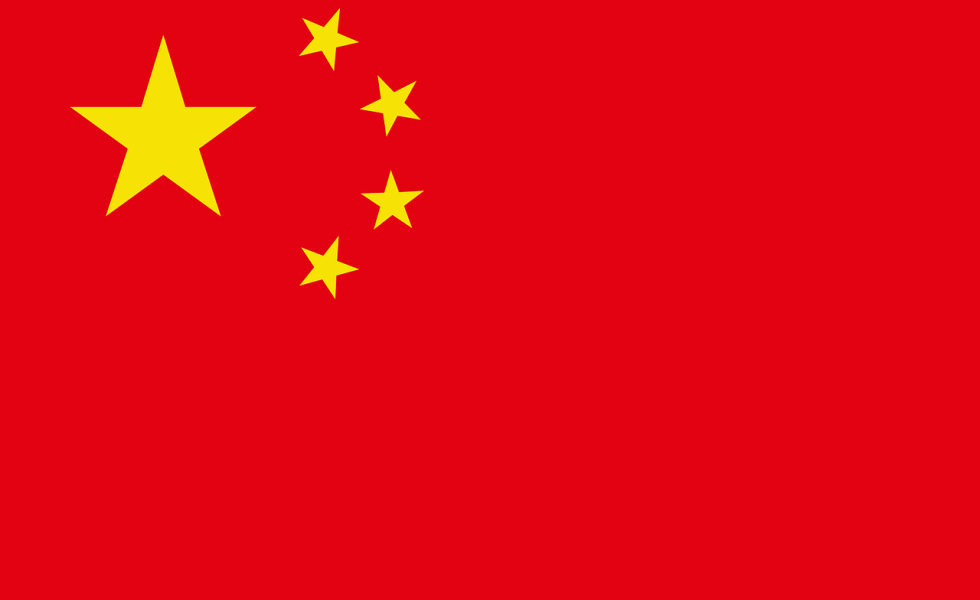Now is Not the Time to Make Old Friends Into New Enemies
Posted on June 10, 2020

As if 20 percent unemployment, wretchedly weak commodity markets, shuttered ethanol and meatpacking plants, and a coronavirus pandemic aren’t bad enough, the White House chose mid-May to, literally, go viral with China, one of American agriculture’s best cash-and-carry customers.
This fight, however, isn’t over steel, aluminum or soybeans. It’s about spilled milk: How much responsibility China bears for Covid-19’s beginnings and, according to the White House, the country’s failure to control and contain it.
Five months ago that would have been a worthwhile fight had both leaders coordinated their responses to what experts were saying about the new, deadly virus. Today, though, it’s useless because political belly bumping now can’t change what each failed to do last winter.
Moreover, it won’t do anything but worsen today’s already worsening trade picture between the two nations. On May 8, the Center for Strategic and International Studies (CSIS), a bipartisan, non-profit policy research institute in Washington, D.C., forecast total 2020 U.S. exports—everything from pigs’ feet to kitchen sinks—to China at $60 billion, or about one-third of the $187 billion total both sides had agreed upon in “phase one” of a new, joint trade deal signed in January.
Scott Kennedy, CSIS senior advisor of Chinese business and economics, told CNBC that the forecast was “‘admittedly a worst case scenario’” but that any increases above the $60 billion mark still “‘will not change the overall picture, just the details.’”
The reason, Kennedy added, is that “The targets were never realistic; they were just gaudy numbers meant to impress. The pandemic made the unrealistic the impossible.”
U.S. pork exports did ramp up. Through 2020’s first quarter, one in three pounds of U.S. pork was exported to China. At the same time, though, U.S. soy exports to China were down a price-cracking 39 percent.
In fact, China has purchased just $3.1 billion of U.S. farm goods in 2020’s first quarter, well off pace for it to reach the U.S. Department of Agriculture’s projected $14 billion in ag purchases this year.
(Even worse, that unachievable $14 billion is but two-thirds of total U.S. ag exports to China before the White House and Beijing began the tariff fight two years ago.)
If U.S. farmers and ranchers are tired of the two countries trading more threats than groceries, China appears to have reached its tipping point, too. On May 12, FERN’s AG Insider reported that a “state-controlled Chinese newspaper on Monday [May 11]” urged China’s leaders to “invalidate the ‘phase one’ trade agreement” in retaliation “for a U.S. coronavirus blame campaign.”
For those of us who can’t remember January, let alone what phase one of the deal called for—in fact, a wildly “gaudy” $40 billion in 2020 U.S. ag exports—any move by China now would drain U.S. prices even lower.
The week before, when President Donald J. Trump mused that he was “torn” over whether to impose new tariffs on China as retaliation for the pandemic, market analysts quickly pointed out that new tariffs would clip commodity prices well into the 2021 marketing year.
Which, by sheer coincidence, begins in the run-up to the November general election and in the middle of the Trump Administration sending another $33 billion in direct government payments to U.S. farmers and ranchers to help mitigate Covid-19’s effects on the ag economy.
That means 2020 will be the third year in a row (for a total of about $65 billion) the White House will have sent what was supposed to be “one-time” aid to American farm and food producers.
Regardless of what that means to the White House, to U.S. farmers and ranchers it means we should be working to keep our old friends and stop going out of our way to make new enemies.
© 2020 ag comm
Share This